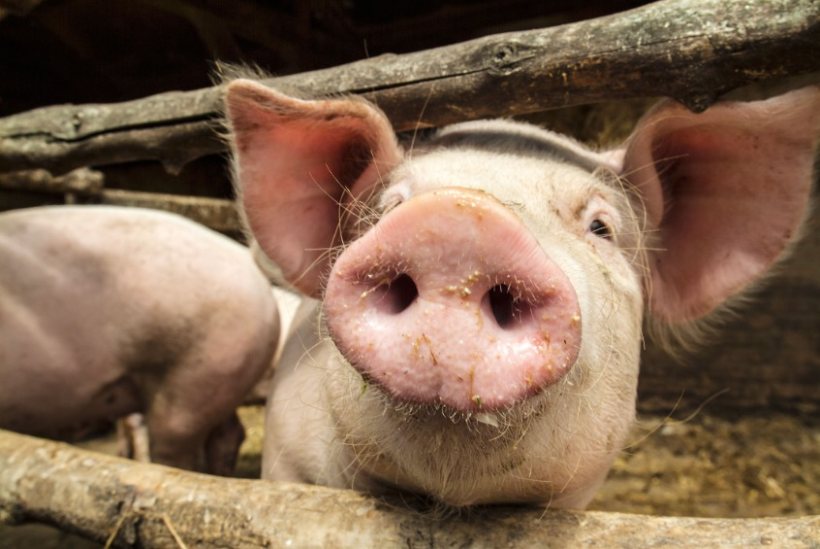
The pig breeding herd in England has fallen to its lowest figure ever recorded, according to the latest figures published by Defra.
The pig breeding herd, which includes boars, fell back by a further 1% to 325,900 head - the smallest on record - in the year to June 2024.
However, Defra's June livestock population census did record an overall increase in pig numbers in England.
The number of sows in pig was down fractionally to 183,000 head, but there was a 5.3% fall in gilts in pig to 29,600 head.
There was also an 8.3% drop in ‘other sows’, dry sows or those kept for further breeding, to 38,600 head.
This meant the female breeding - not including gilts not yet in pig - declined by 2.2% to 251,400 head.
Despite this, the number of gilts intended for first time breeding was up 4.3% to 66,400 head, suggesting the possibility of a light future recovery in breeding pig numbers.
Between June 2021 June 2022, which was the height of the pig crisis, the breeding her declined by 18% from 402,600 head to 328,600.
There was a slight recovery in June 2023, before numbers slipped back again this year.
The increase in fattening pigs was driven by a 10% increase in weaner numbers under 29kg, which AHDB livestock analyst Freya Shuttleworth said "may drive slaughter throughputs in the coming months as these pigs mature."
But there were declines in young piglets (-1.9%) and older fattening pigs (-2%), which she said was "not a shock to most when taking into account the unfavourable weather conditions witnessed since October last year".
While these figures are for England only, they point to an industry still showing little appetite to expand, despite a prolonged period of profitability.
However, Ms Shuttleworth added: “Despite the population figures being a stark reminder of the contraction in industry over time and the difficulties faced, it is worth noting that there have been significant productivity gains made according to industry data sets.
“Examples would include mortality figures decreasing, resulting in more piglets per sow and finished pig carcase weights increasing, meaning we can produce larger volumes of pig meat with lower slaughter numbers.”
